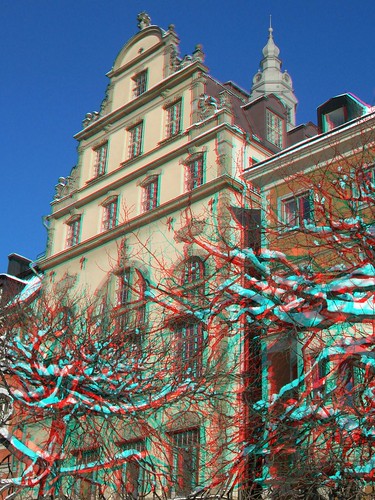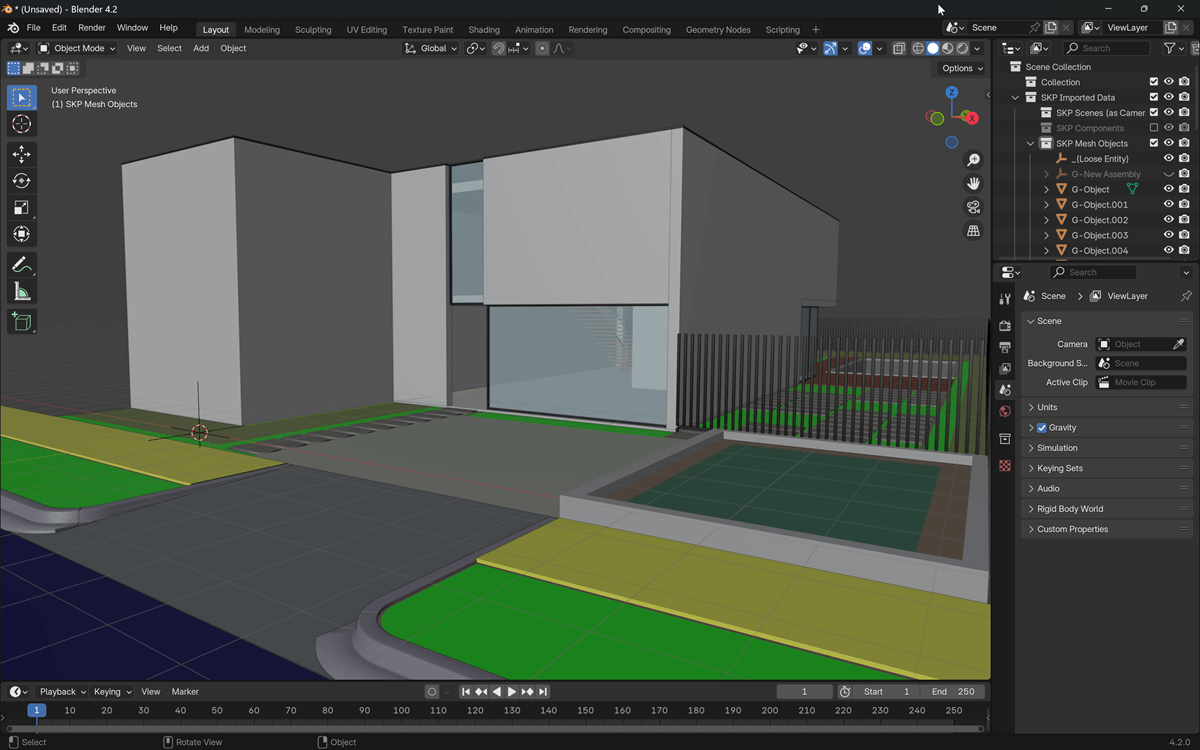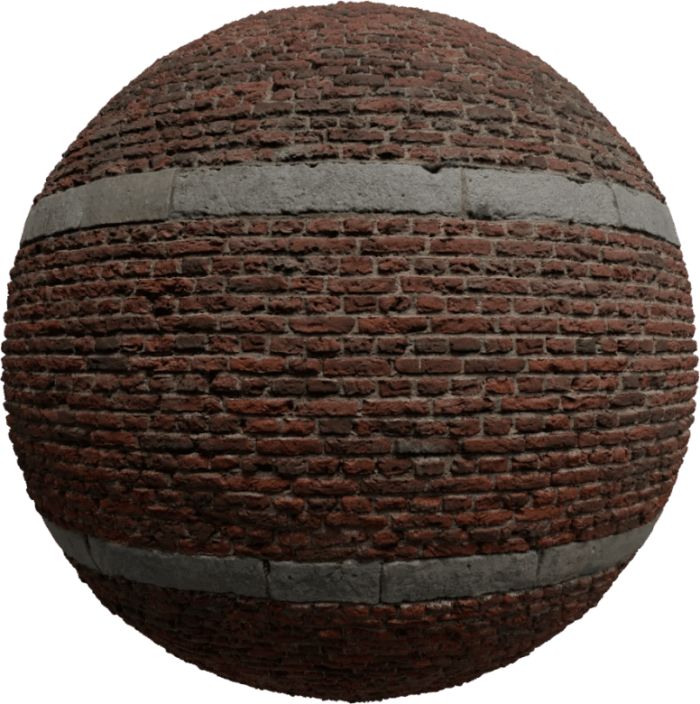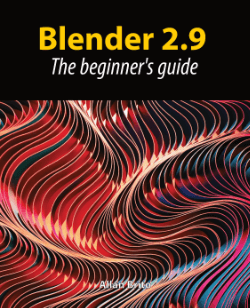
In the entertainment industry we have a growing tendency of producing 3d animations using stereoscopic renderings, which is a new form of visual interaction for animated feature films. I have watched some of those animations recently using 3d glasses and I was wondering when this feature will be used for architectural visualization? The technical aspect of the production is not a big problem, and we have a few workarounds to produce stereo images in Blender already. I believe that the only 3d packages with a native feature to produce this type of image are Maya and Modo 3D, but it's only a matter of time before all 3d packages start to offer those capabilities.
For production environments I have never saw a client to ask for stereoscopic renderings to represent architectural projects. But, as a way to say that “our presentation uses more technology” this is a feature that will be asked by architects and companies willing to marketing big architectural projects.
What about you? Do you think stereoscopic render will be used to represent architectural visualization? Show your opinion in the poll below and share with the other readers of the blog what you think about it.
Don't forget that we can create both animations and stills using stereoscopy, which makes the perception of the project quite easier in the earlier stages of the development. Even if this won't be used as a feature for marketing, it's quite clear that architectural students can use stereo images to plan the overall look of the project.
What about Blender? How can we create stereo images with it? There are a lot of different ways to create those images. In this link you will find a great set of tools and tutorials about the creation of stereo images and animarions. Look at the bottom of the page for the tutorials posted by a user called vbob, which uses Blender and the Node editor to create stereo images. There is a script created by Sebastian Schneider to create stereoscopic cameras in Blender 3D, which I saw in BlenderNation this week.
With Youtube announcing the support for stereoscopic videos, it's a great time to start working with this kindy of technology.
Don't forget to participate on the poll!






A big of stereoscopic movies and art but it seems to me that stereoscopic alone may not be an attractive factor alone. If it would coupled with Augmented Reality it might just be more useful as it provides the end user with a more “tactile” experience. Just my two cents.
Sorry, missed out one word. I wanted to type “A big fan of stereoscopic…”
Most assuredly, well-done stereo is immersive.
And for sales– of projects, of teaching…
its not to be missed!
HOWEVER, film schools and animation education have a long way to catch up on demand…. Very few film directors know how to plan-for and shoot 3D without frame-jumping artifacts and parallax problems…
where is there a central-enough forum to write to?